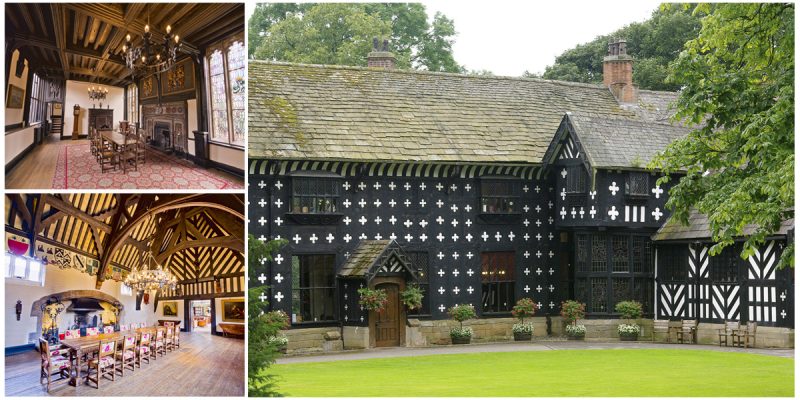The historic house Samlesbury Hall was built in 1325 and is located in Samlesbury, Lancashire in England.
The man who built the house was Gilbert de Southworth, and the house was his family home until the 17th century. It is believed that the manor was built to replace an earlier building which was destroyed during The Great Raid of 1322 by the Scots. In the past, the manor served as a public house, a boarding school for girls and since 1925 it is administered by the Samlesbury Hall Trust.
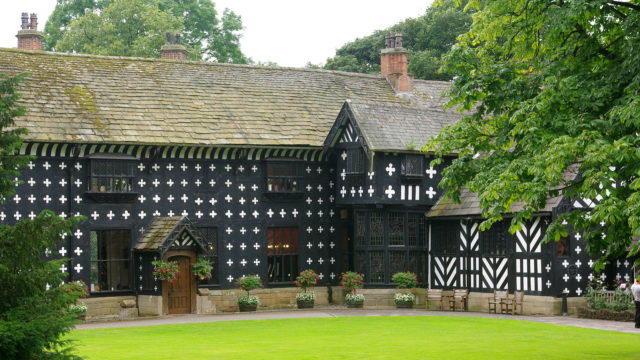
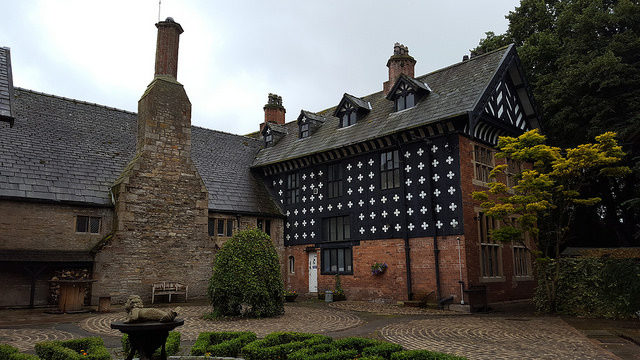
Before the Southworth family, the house belonged to the d’Ewyas family. Later, Gilbert Southworth married Alice d’Ewyas, and he owned half of the house being credited for the building of the Great Hall in the manor in 1325.
The descendants of the Southworth family held the manor until 1677, and after that year it was sold to Thomas Bradyll. Bradyll never lived at the house, his main home was at Ulverston, and he stripped many of the interior futures of the Samlesbury Hall to use them there. In 1850, the building was sold again to John Cooper who turned it into a boarding school for girls.
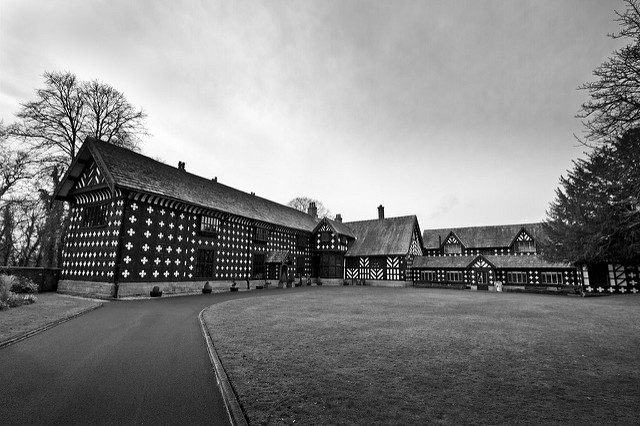
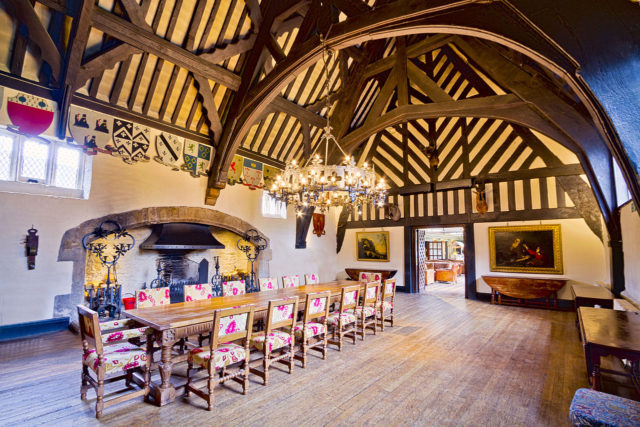
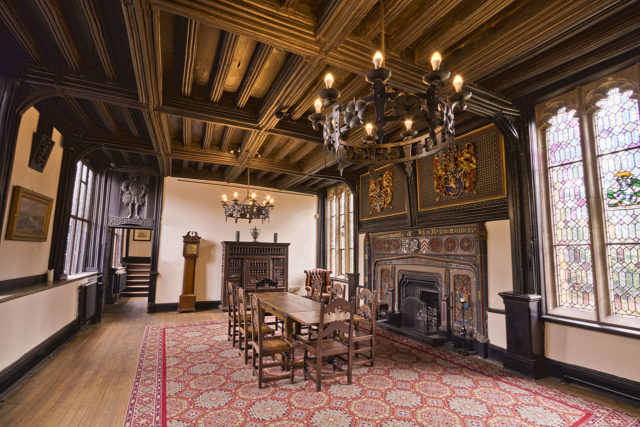
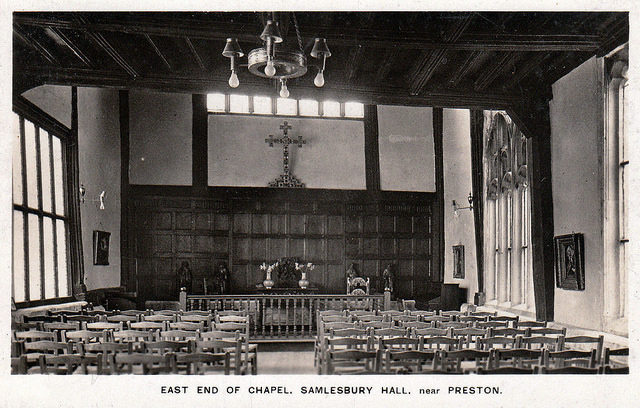
In 1862, it was owned by a prominent Blackburn industrialist, Joseph Harrison who made major renovations. His eldest son, William Harrison, lived in the manor until 1879 when he committed suicide. The next year, his father died, and the ownership of the house was paste to his youngest son, Henry.
Since 1909, the hall was abandoned, and in 1924 it was bought by a building firm which wanted to demolish the manor and replace it with a housing estate. That never happened, because in 1925 the house was purchased by the Samlesbury Hall Trust which has owned it until today.
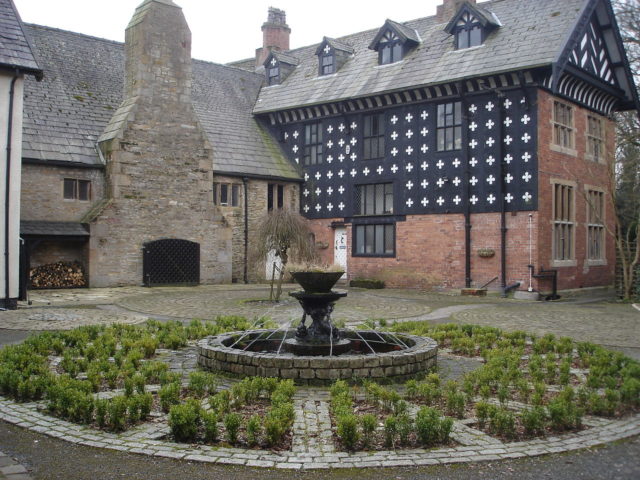
The hall was built with solar end windows faced to the east. A hundred and forty years later, the chapel was also built facing east. 60 years later, this chapel was connected to the main hall. The Southworth family built this chapel because they wanted to upgrade the house into a manor house.
The Samlesbury Hall reflects the religious beliefs and buildings styles from the 14th century. This Grade I listed manor house is best-known for the ghost stories which surround it. Each year, 50, 000 visitors visit the hall because of its paranormal activities.
